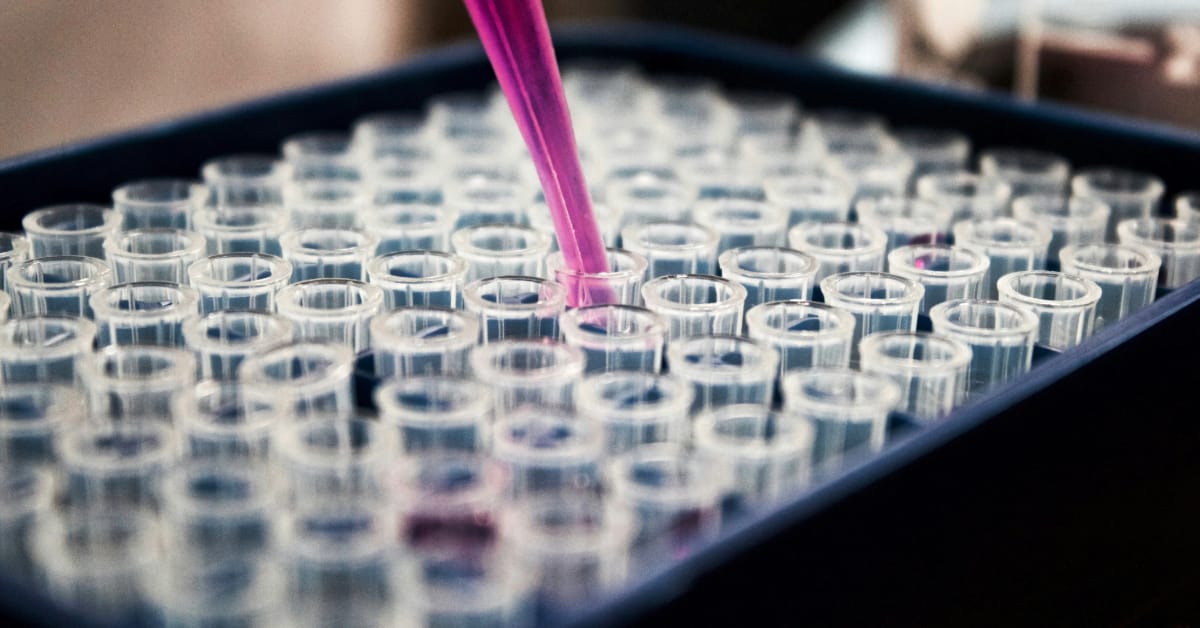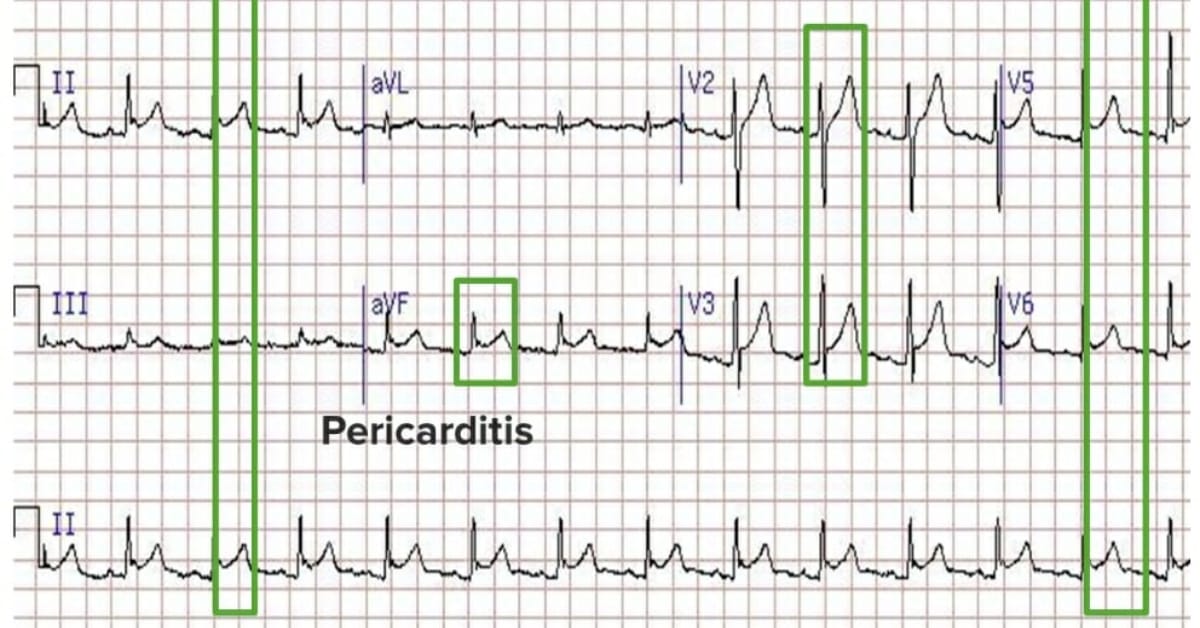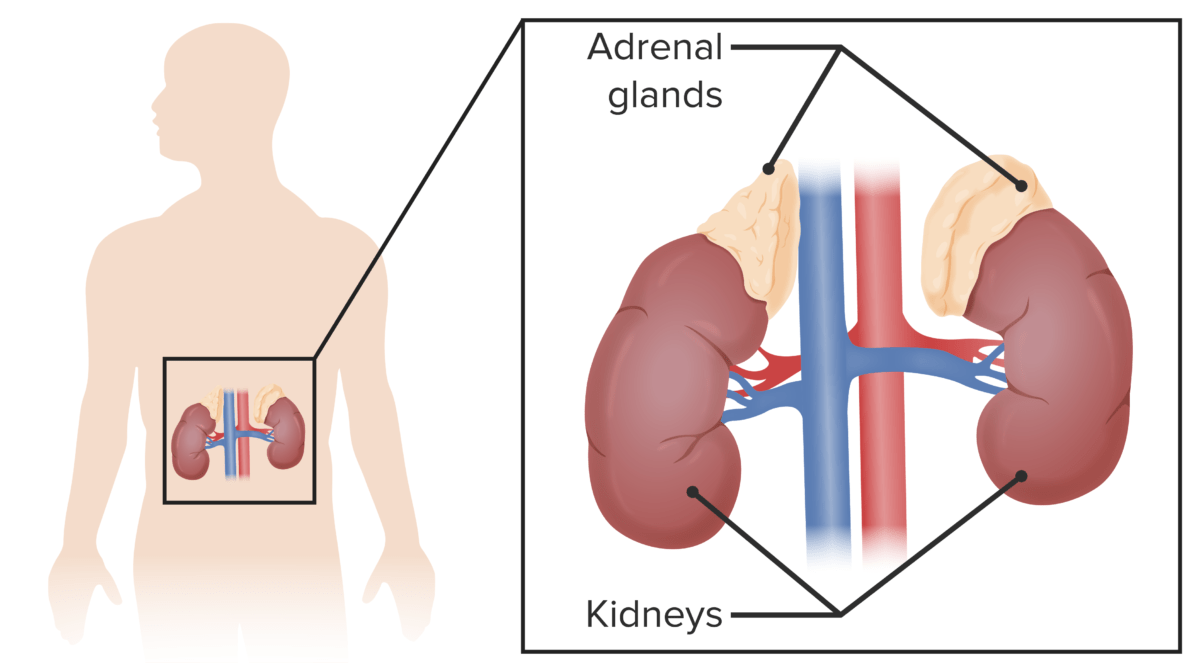Immunodiagnostics
Immunodiagnostics is a branch of laboratory medicine that uses immunological methods to diagnose diseases, monitor patients’ health, and guide treatment decisions. It relies on the specific binding between antigens (substances that can induce an immune response) and antibodies (proteins produced by the immune system to combat antigens). This antigen-antibody interaction is the cornerstone of many immunodiagnostic tests.
Evidence attests to the first use of immunology as a diagnostic tool when a test for serum insulin was performed.
Take the Course: Immunology
Cover all immune system essentials with Peter Delves, PhD from the University College of London.
Basics of antigen-antibody reactions
Antigens are substances that the body recognizes as foreign. Common examples include parts of bacteria, viruses, or other pathogens.
Antibodies (or immunoglobulins) are proteins produced by the immune system, specifically by B lymphocytes (B cells). They are released in response to an antigen. Antibodies are highly specific; each antibody binds to a particular antigen.
The antigen-antibody reaction is a key part of the human immune response – identifying, targeting, and eliminating pathogens or foreign substances.
When antibodies bind to antigens, they do so at a region called the paratope (on the antibody) which attaches to the epitope (on the antigen). This binding can neutralize the antigen, marking it for destruction or removal from the body.
Agglutination
Originating from the Latin word “agglutinare,” which stands for “gluing to,” agglutination is the term for the process where antibodies bind to antigens, clumping them together.
Agglutination of antigen-coated particles is frequently used for detection of specific antibodies. Common examples of the use of agglutination are blood-grouping techniques and identification of Rheumatoid factors.
Nephelometry
Nephelometry is used for quantification of proteins in the serum, plasma, or cerebrospinal fluid.
The measure relies on measuring forwarded scattered light when a laser beam passes through a sample and the light is deflected by the particles.
The specific polyclonal antibody and the analyte in the test sample interact and immune complexes are formed. Light from a laser light source results in the scattering of the molecules. The light scattered onto the receiving photodiode is proportional to the number of complexes (that is, the concentration of the analyte).
Precipitation techniques
Immunoprecipitation
Used for the isolation of a specific antigen from a mixture of antigens, this technique entails adding an excess of immobilized antibody specific for the antigen of interest in the solution, collecting the immobilized antibody by centrifugation, washing with fresh solution to remove unbound antigens, and then subsequently denaturing the antibody to elute the antigen.
A prerequisite for immunoprecipitation is the potential coupling of the antibody to a solid substrate at some point of time during the procedure.
The types of immunoprecipitation can be summarized as follows:
| Type | Explanation |
| Chromatin immunoprecipitation | It is used to determine the specifications of DNA binding sites on the genome coding the protein of interest. |
| Individual protein immunoprecipitation (IP) | Uses antibody specific for a known protein |
| Protein complex immunoprecipitation (Co-IP) | Intact protein complexes of antigens with other proteins bound to it are isolated. |
| Tagged proteins | Different proteins are tagged at either end to enable immunoprecipitation by using these molecules. |
| RNP immunoprecipitation (RIP) | Ribonucleoproteins are tagged. |
Immunodiffusion
Immunodiffusion is a technique based on the principle of antigen and antibody migration through a medium, typically agar, leading to their interaction and formation of visible complexes.
Ouchterlony double immunodiffusion:
Also known as agar gel immunodiffusion or passive immunodiffusion, this technique is utilized to identify and quantify immunoglobulins and extractable nuclear antigens.
This method involves creating a series of wells in agar gel, where the antigen is placed in one well and the test serum in another, to assess for the presence of specific antigens. The plate is incubated for 48 hours to allow diffusion and interaction of the contents. If an antibody-antigen reaction occurs, a visible white precipitate forms in a straight line, known as a precipitin line.
Radial immunodiffusion:
Radial immunodiffusion is primarily used for the quantification of antigens. In this method, an agarose gel containing a specific polyclonal antibody is prepared and allowed to stand for 24 to 48 hours. As the analyte diffuses into the gel, the specific antibody binds to the antigen of interest, forming a precipitate. The diameter of the resultant precipitation ring is proportional to the concentration of the antigen in the sample.
Blotting techniques
Learn about blotting techniques (Western, Northern, Southern blot) here →
Assay techniques
Immunoassays are biochemical tests that use antibodies, and occasionally antigens, to detect macromolecules in a solution. The substance being measured is referred to as the ‘analyte.’
Immunoassays typically involve the use of specific molecules, known as ‘labels,’ which can bind or conjugate to the molecule of interest. The type of label used defines the kind of immunoassay performed. Significant examples include:
| Label used | Immunoassay performed |
| Enzymes as labels | Enzyme-Linked ImmunoSorbent Assays(ELISAs), also called Enzyme Immunoassays (EIAs) |
| Molecules along with enzymes which lead to light-emitting mechanisms | Chemiluminescence |
| Radioactive isotopes as labels | Radioimmunoassay(RIA) |
Sandwich immunoassay
In sandwich immunoassays, an antibody is first attached to a microtiter plate well. Varying amounts of antigen are then added. After washing off unbound antigen, a labeled secondary antibody specific for different epitopes of the antigen is introduced. Following another washing step to remove unbound secondary antibody, the amount of bound secondary antibody is measured. This amount correlates with the antigen concentration, determined via a standard curve.
Fluorescent microsphere (Luminex) assay
Fluorescent microsphere assays, such as the Luminex assay, use pre-coated, color-coded beads that are covered with analyte-specific antibodies to isolate the molecule of interest. An example is their use in diagnosing Hepatitis A, where the intensity of the emitted signal is proportional to the concentration of anti-Hepatitis A antibodies in the patient’s serum.
Microscopy-based techniques (immunofluorescence)
These methods are primarily used on body tissues to determine specific biomolecule targets conjugated to antibodies with tagged fluorescent dyes. Immunofluorescence can be considered a subset of immunohistochemistry where fluorophores are used to determine the location of specific antigens and antibodies.
There are 2 types of immunofluorescence:
Primary (direct)
In direct immunofluorescence, a fluorophore is chemically linked to a primary antibody. The tissue sample is placed on a slide, and fluorescein-labeled antibodies specific to the antigen of interest are added. When exposed to ultraviolet light, these labeled antibodies emit visible light, indicating the presence of the antigen. The technique is applicable to both animal and human tissues.
Secondary (indirect)
In indirect immunofluorescence, two antibodies are used. The first (primary) antibody, unlabeled, binds to the target molecule. Then, a secondary antibody, labeled with a fluorophore, binds to the primary antibody. This method is commonly used for measuring ANA levels in patients with SLE, using patient serum and substrate tissue from rat liver, kidney, and stomach.
Cell-analysis techniques
Flow cytometry
Flow cytometry is a technology used for analyzing the physical and chemical characteristics of cells or particles as they pass through a laser or impedance-based detection system. This technique enables rapid analysis, typically measuring thousands of particles per second as they flow in a stream of fluid.
Some of the common applications of flow cytometry are:
- Detection of cell surface markers (e.g., CD4 and CD8 T-cells) using Anti Cd-8 fluorescein isothiocyanate
- Detection of double-positive thymocytes
- Detection of specific T-cells using pMHC tetramers, a fluorescently labeled tetramer of 4 identical HLA molecules loaded with a peptide from Epstein-Barr virus
Fluorescence-activated cell sorter (FACS)
Fluorescence-Activated Cell Sorting, or FACS, is a specialized application of flow cytometry. It sorts a heterogeneous mixture of cells based on their light scattering properties and fluorescence. This technique is critical in scientific research for isolating specific cell types from a mixed population.
In FACS, cells labeled with fluorescent antibodies are passed through the flow cytometer. The system detects individual cells using light scattering and fluorescence. An electronic sorting mechanism then separates cells based on these characteristics, and the sorted populations are collected for further analysis.
Preparation of antibodies
Commercial production of antibodies falls into 2 categories: polyclonal and monoclonal. While polyclonal antibodies represent antibodies secreted by different B-cells in the body, monoclonal antibodies epitomize antibodies from a single cell lineage.
Production of polyclonal antibodies
Polyclonal antibodies are produced by injecting an antigen into an animal (like a rabbit or a mouse). After multiple injections, the animals are supposed to have developed antibodies against the antigen. Blood is extracted from the animals and the required antibody is isolated, purified, and refined.
Polyclonal antibodies can be variable: their composition can vary from one batch to another because they are produced by different B-cell populations. They are specifically useful for detecting antigens that might be present in different forms or for capturing a broad range of a target antigen.
Production of monoclonal antibodies
Monoclonal antibodies are produced by fusing a specific B-cell (producing a desired antibody) with a myeloma (cancer) cell. This fusion creates a “hybridoma” cell, which can be cultured indefinitely and produces large quantities of identical (monoclonal) antibodies. These antibodies are specific to a single epitope of the antigen, and every batch created is identical (no variation).
Monoclonal antibodies are ideal for diagnostic tests requiring high specificity, like pregnancy tests, infectious disease tests, and certain cancer markers.
Summary
Immunodiagnostics as science has progressed rapidly and extensively. Central to this field is the unique antigen-antibody reaction, which forms the basis for various techniques developed to isolate, quantify, or identify specific molecules.




